Steve McQueen will never die. From his iconic performances — immortalised on celluloid — to the contributions the ‘King of Cool’ made to the worlds of style, motoring and American culture, the actor ensured an everlasting legacy long before his death in November, 1980.
But McQueen, who was 50-years-old when he succumbed to cancer, never believed he’d live a long life. “I’m gonna die young,” he once told his first wife, Neile Adams, “so I gotta take a piece out of life”. And he did. Death and near-death experiences followed McQueen through his years (giving the actor a notorious hatred of funerals; one of the only memorials he ever attended was for Bruce Lee, in 1973).
And danger became an everyday threat early on in his life. During the actor’s formative years, he worked as a getaway driver for thieves and sold illegal handguns to make a living. His stepfather once threw him down a flight of stairs. Whether it could have been fatal, we’ll never know. But his abusive childhood likely set Steve McQueen on the high-risk, hazardous path that saw him brush death more than once. Here are some of his more notable near-misses…
1947: McQueen’s ship wrecks in the US Marines
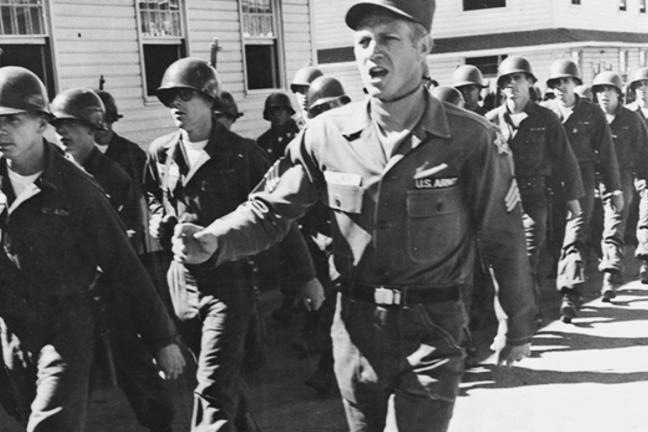
McQueen’s childhood ended abruptly when, at 17-years-old, he enlisted in the US Marines (as he wasn’t yet 18, he legally needed his mother’s permission to enlist). He was soon promoted to Private First Class and assigned to an armoured unit, where he learned how to use weapons — gun, knife and hand-fighting skills he later incorporated into his film performances.
During his three-years service, he was demoted from Private First Class a grand total of seven times for various offences — including absconding with a woman for two weeks. Nevertheless, he was awarded prestigious duties; a particular highlight saw McQueen guard the presidential yacht of President Harry Truman.
The near-death experience, however, came in Artic waters. McQueen and his fellow Marines had boarded a boat in tanks when, almost immediately, the vessel hit a sandbank and threw many crew, still in their tanks, into the water. Scores drowned, but McQueen escaped — and proceeded to free, and save the lives of five other men. As a result, he was honourably discharged in 1950.
Late 1950s: McQueen motorcycles through a hurricane
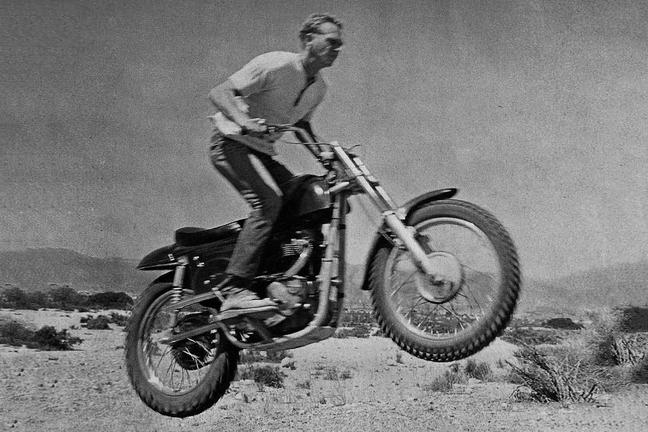
McQueen’s next near-death experience came not aboard a tank — but on two wheels. In the late 1950s, after the actor had starred in The Blob and began to make a name for himself in Hollywood, he took a road trip down Cuba with several friends — through a hurricane.
“We were quite a group,” he recalled. “An actor, a poet and a guy who was just plain nuts, or maybe we all were. Hurricane Audrey was sloshing around on the East Coast while we zipped down to Florida. Then we ran from Havana to Santiago, about 967 or so kilometers, as I recall. I was still a little wild in those days, particularly when I was on the juice”.
Riding recklessly, McQueen evaded death — but not the police. He got thrown in jail (or ‘the calabozo’, as the actor called it) and had to send a telegram to Neile Adams to wire him bail money. She refused. But the guard eventually let McQueen out so they could share lunch together. “Cheese and onions and wine,” he once recalled, “and that hot sun with the smell of the manzanita and the sewers…”
Early 1960s: McQueen crashes during a snow race in the High Sierra
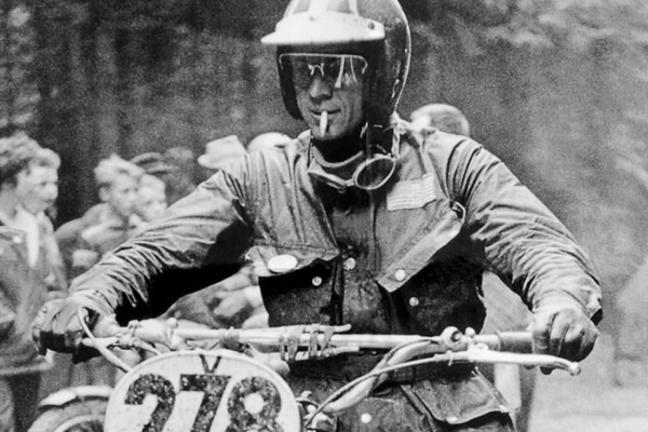
The majority of McQueen’s near-death experiences could be traced to the actor’s blind, bold love of motor racing. The first noteworthy episode occurred early on in the 1960s. Frank Sinatra had recently cast McQueen in Never So Few — so his acting career was looking up. His racing career? Not so stellar.
During one particular competition — a snow race in the Californian High Sierra — McQueen took a pine branch to the head. “It’s rugged riding,” he told Sports Illustrated in 1966. “I remember I lost it just as I was coming up on this ragged old pine tree. One of the broken-off branches slammed right into my mouth.
“I was standing there,” he continued, “spitting out bark and blood when a course official came up. ‘Are my teeth still in there?’ I asked him. I didn’t want to waste any time taking off my gloves, so he felt around and said that they were loose but still there. I was just dumb enough to jump back on the bike and finish the race. Wow!”
Early 1960s: McQueen takes a bad trip in the Colorado Desert
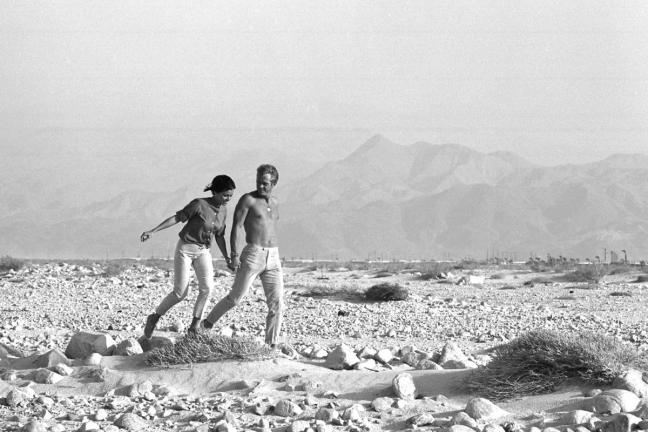
Another early 1960s experience; another two-wheeled wobble. In Palm Springs, where McQueen had a home and would take his revolver out into the desert to shoot, he befriended the native American community — who would deal him high-grade peyote. Later in life, he became addicted to cocaine, LSD and amyl nitrate. But, this particular evening, peyote plus a motorcycle almost ended the actor’s life.
“Anyway,” McQueen once said of the incident, “the peyote really hit me. I took off into the desert on my bike, bound and determined to whip it. I ran flat out, straight into the desert — I was all ego, challenging every bump and every gulch. I don’t know how many endos I turned, plenty of them. The cactus ripped me up, the rocks chewed on my hide, I had sand in my nose and kangaroo rats in my ears.”
1962: McQueen barely escapes a Mexican brothel with his life
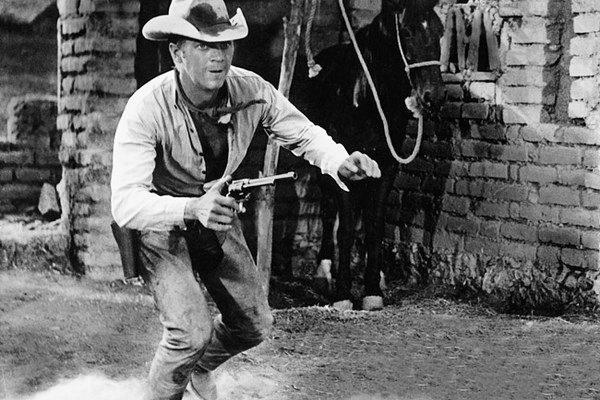
During filming of The Magnificent Seven, McQueen befriended co-star Robert Vaughn. To reinforce this friendship, the Hollywood duo decided to spend Good Friday in a Mexican brothel, drinking countless margaritas and befriending many of the working women.
“They asked, ‘How many girls would you like?’,” Vaughn recalled in 2015. “Steve said, ‘Seven. We are The Magnificent Seven and we want seven girls’. Even though not all seven of us were there.”
McQueen, however, infamously never carried money. And so, when the two decided to leave without paying, the venue’s ‘revenue protectors’ were told to go after them, “I jumped out the window and ended up climbing over a wall,” said Vaughn. “As I dropped down on to a street, I thought, ‘This is the end for me’.”
1963: Le Mans, The Great Escape — and many other would-be stunt accidents

McQueen wasn’t allowed to perform that iconic jump in The Great Escape. The insurance wouldn’t cover it and Bud Elkins had to take the death-defying risk instead. The 60-foot jump could have been another of McQueen’s near-misses — but he made up for it later in his stunt-heavy, devil-may-care career.
Le Mans, McQueen’s 1971 passion project, was particularly dangerous. One stunt driver lost his leg in an accident — and the whole experience soured McQueen’s love for car racing. “There’s something awfully final about automobile racing,” he said, after shooting wrapped. “I learned that when we were shooting Le Mans, if I hadn’t learned it earlier driving. If you foul up in a car often enough, it’s Adios City.
“Bikes can hurt you sure enough,” he added, “kill you too, but there’s not as high a fatality rate in bike racing as in cars. I guess it’s the slower speeds and the absence of fire. If you lose it on a bike, you’re clear of the machine when and if it burns. If you decelerate a car from 200 miles an hour to zero in like 10 yards, which is what happens if you hit a tree on a road course or the wall at Indy, you come out kind of compressed. And if you get knocked out in even a minor shunt and the car starts to burn…well, like I said, it’s kind of final.”
1969: McQueen evades murder at the hands of the Manson Family

Perhaps McQueen’s most chilling near-death experience came in 1969. The actor’s other near-misses were, by-and-large, self-inflicted. But this incident could not be blamed on his loves of drugs, risk and motor-racing. Rather, 1969 saw McQueen fortuitously side-step his malicious murder.
Earlier in the decade, McQueen had met Sharon Tate and Jay Sebring at Whisky a Go Go in Hollywood. On the night Tate and Sebring were murdered by the followers of Charles Manson, McQueen had planned to meet them for dinner at Roman Polanski’s house. He later realised that he had also been dangerously high on Manson’s notorious ‘Death List’.
Instead, McQueen met a woman. “He ran into a chickie and decided to go off with her instead,” his then-wife, Neile Adams, recalled. “Going off with that girl saved his life”.
But this close escape, more than perhaps any other that had preceded it, had a psychological impact on McQueen. The actor became nervous, and started to carry a loaded, concealed Magnum pistol on his body at all times.
1970: McQueen takes another tumble during a motorcycle race

In comparison to the previous year’s murder plot, McQueen’s next near-death experience looked tame. During a bike race at Lake Elsinore, a shoreline city in south California, McQueen crashed his motorcycle. The injuries, though perceived to be possibly fatal, amounted only to a broken left leg.
And McQueen, presumably bolstered by dodging death once more, decided to still race in the 1970 Twelve Hours of Sebring endurance competition two weeks later. In his three-litre Porsche 908/02, the actor’s cast cracked within the first 20 minutes of the race.
“It hurt,” McQueen recalled, “and that took a lot of my strength away. But, mainly, it complicated the problems of downshifting through the corners.”
1980: McQueen dies, age 50, of asbestos-induced cancer
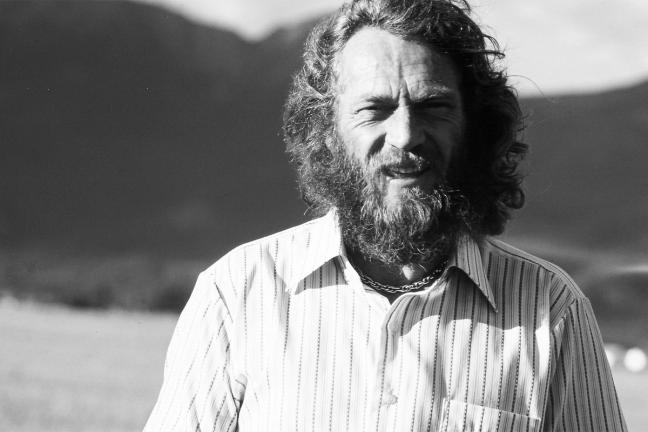
In 1980, McQueen’s prophecy that he would not live a long life was fulfilled. In late 1979, he had been diagnosed with malignant pleural mesothelioma — a cancer that develops in the lining of organs, usually due to exposure to asbestos.
And asbestos had followed McQueen almost as doggedly as death. When he worked on the docks in his teens, he’d been exposed. In the US Marines, he had repaired insulation aboard troop ships, and been exposed. While racing, he wore asbestos-lined suits, and was exposed. Even in Hollywood, fake snow and special effect boards contained the fatal, fibrous material.
And, while McQueen fought the disease — he traveled to Mexico for experimental treatments including animal cell injections and coffee enemas — his life ended in November 1980 in Ciudad Juárez. After checking into a clinic to have an inoperable abdominal tumour removed (using the name ‘Samuel Sheppard’), McQueen died of cardiac arrest, allegedly in his sleep. The doctors and staff were unaware of his actual identity.
Eventually, his ashes were scattered across the Pacific Ocean — a peaceful end to a perilous life.
Want more McQueen? Here’s how to wear all-white and look like the menswear icon…
Become a Gentleman’s Journal member. Find out more here.

Become a Gentleman’s Journal Member?
Like the Gentleman’s Journal? Why not join the Clubhouse, a special kind of private club where members receive offers and experiences from hand-picked, premium brands. You will also receive invites to exclusive events, the quarterly print magazine delivered directly to your door and your own membership card.


